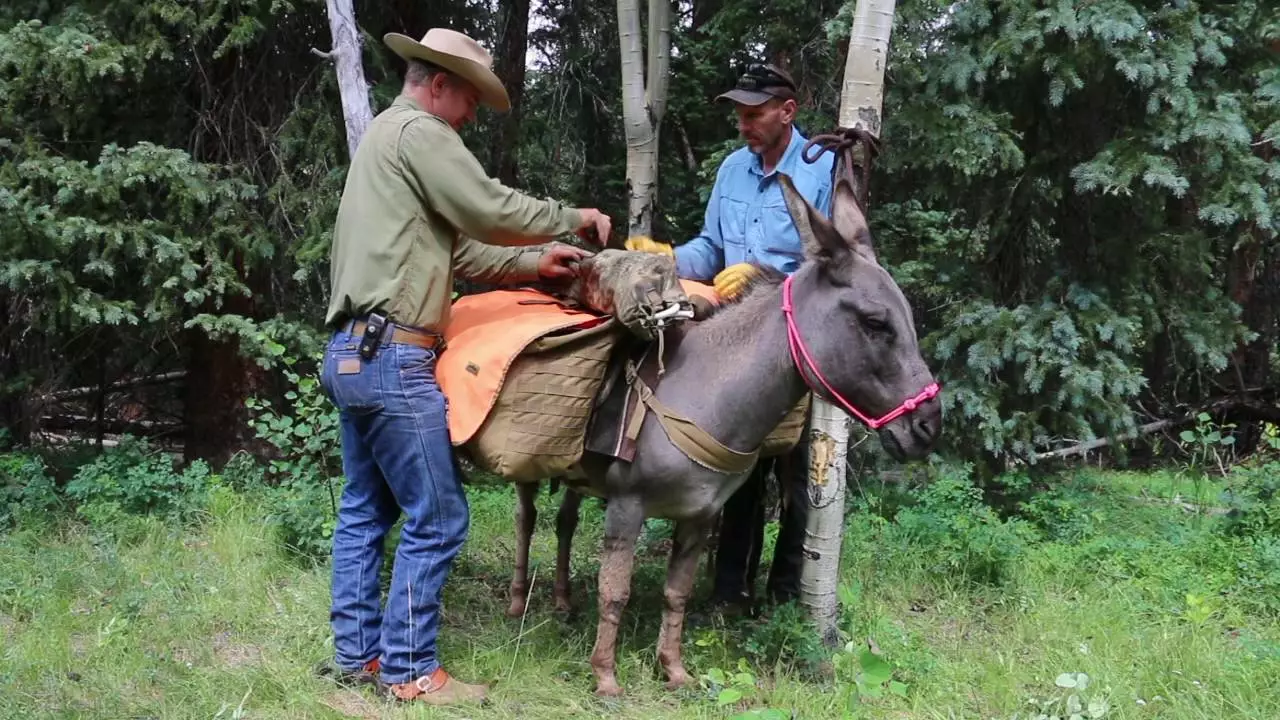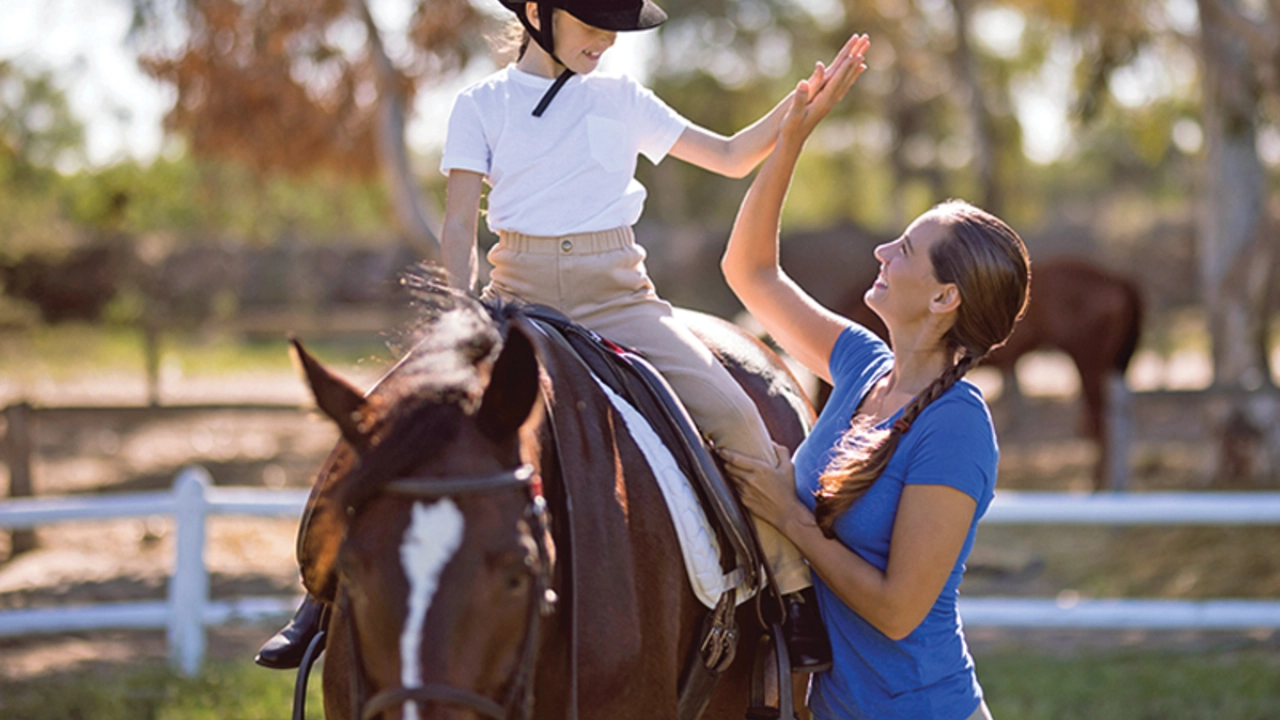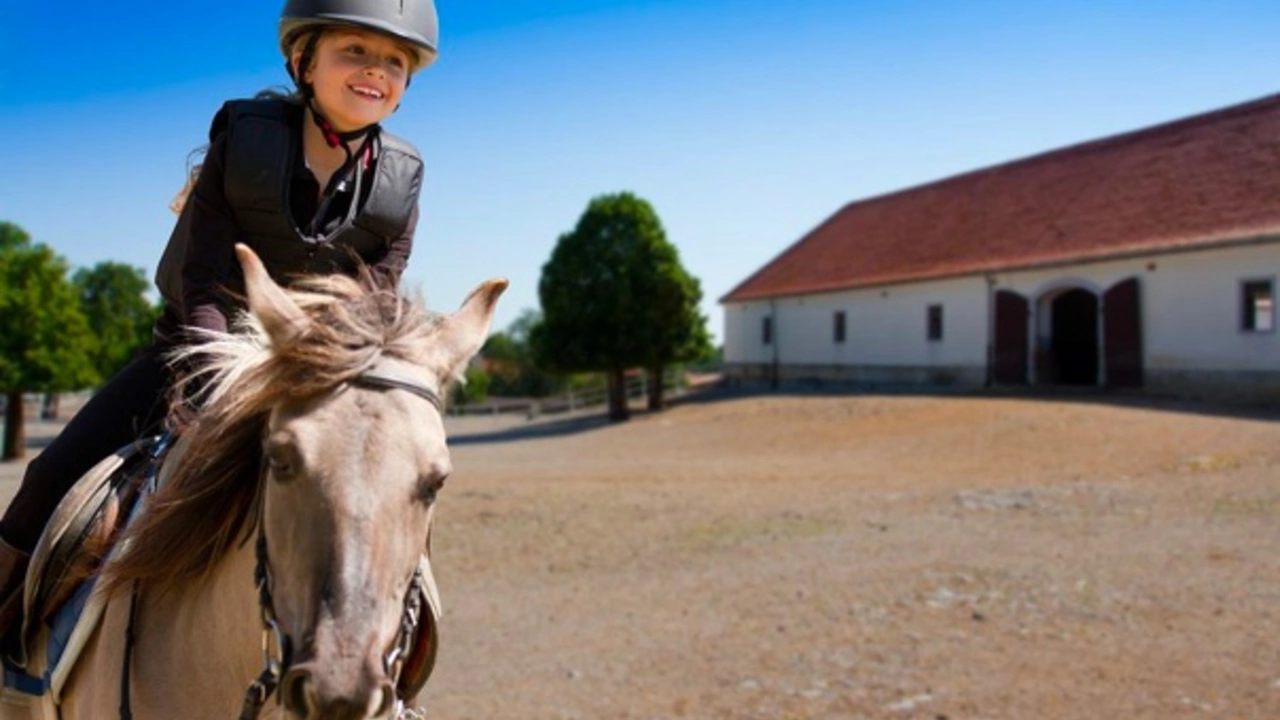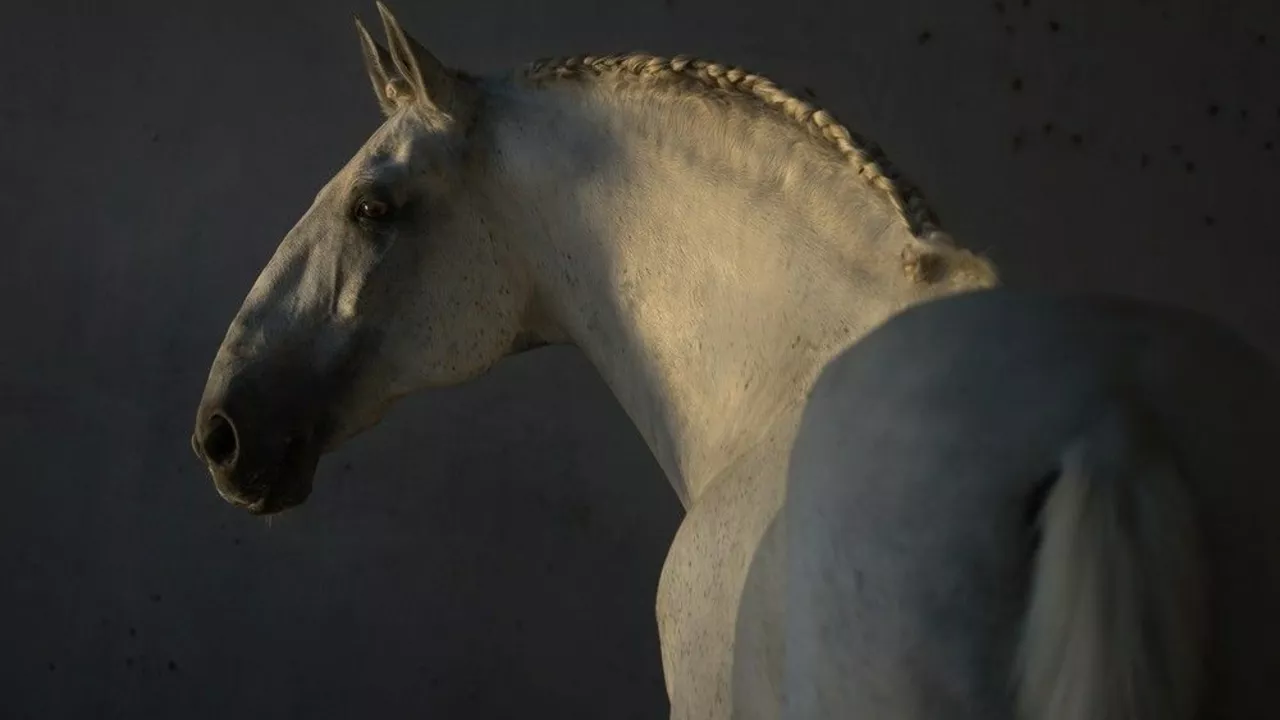July 2023 Equestrian Highlights: Mule Riding, Quick Horse Lessons, Age Limits & Roman Nose
Welcome to the July roundup at Equestrian Sporting Chance. This month we covered a mix of practical tips and fun facts that every rider, from beginner to seasoned, can use. Below you’ll find short guides on riding mules, what you can achieve in a week of horse lessons, who can start riding at any age, and the genetics behind the Roman nose.
How to Ride a Mule – Simple Steps
If you’ve never hopped on a mule, the first thing to remember is to treat them like any other animal – with respect and calm. Walk up slowly, let the mule sniff you, and talk in a gentle voice. Once the mule seems comfortable, position yourself on the left side, place your left foot in the stirrup, and swing your right leg over. Keep a firm yet relaxed grip on the reins; mules respond better to steady pressure than sudden pulls.
Remember that a mule isn’t a racehorse. They’re built for steady work, not speed, so avoid trying to go full gallop right away. Instead, start with short, controlled walks and trot intervals. After each ride, thank the mule – a simple pat or a few kind words goes a long way in building trust.
Can You Learn to Ride a Horse in One Week?
Many people wonder if a week of lessons is enough to become a competent rider. The short answer: you can pick up the basics, but true confidence takes longer. In seven days you can learn to mount, hold the reins, maintain a balanced seat, and execute a basic walk, trot, and canter under supervision.
What you’ll miss in a week are the subtle cues that experienced riders use to communicate with the horse. Those come with repetition and time spent both in the saddle and on the ground. So treat a one‑week crash course as a launchpad – it gives you a solid foundation, and the real progress happens when you keep practicing week after week.
Age Limits? No, Thanks to Passion!
There’s a common myth that you need to start riding as a child or you’ll never catch up. In reality, age isn’t a barrier. Kids, adults, and seniors all find joy in horse riding and care. The key factors are health, fitness, and a willingness to learn.
For older beginners, focus on low‑impact exercises to strengthen core muscles before hitting the saddle. Younger riders benefit from short, fun sessions that keep their attention. Regardless of age, a good instructor will tailor lessons to match your physical abilities and learning speed.
Why Some Horses Have a Roman Nose
The “Roman nose” – a pronounced convex curve on a horse’s face – is mostly a genetic trait. Breeds like the Andalusian, Shire, and some warmbloods often display this feature because breeders selected for it over generations.
Genetically, the trait is linked to a set of genes that affect skull development. It doesn’t impact a horse’s health, performance, or temperament; it’s simply a visual hallmark. Knowing the genetics helps owners appreciate breed history and can guide future breeding decisions if they want to maintain or avoid the trait.
That wraps up July’s most asked‑for topics. Whether you’re trying out a mule for the first time, debating a week‑long riding boot camp, wondering about age restrictions, or just curious about quirky horse features, we hope you walked away with clear, actionable info. Keep following Equestrian Sporting Chance for more hands‑on advice, news, and stories from the riding world.






